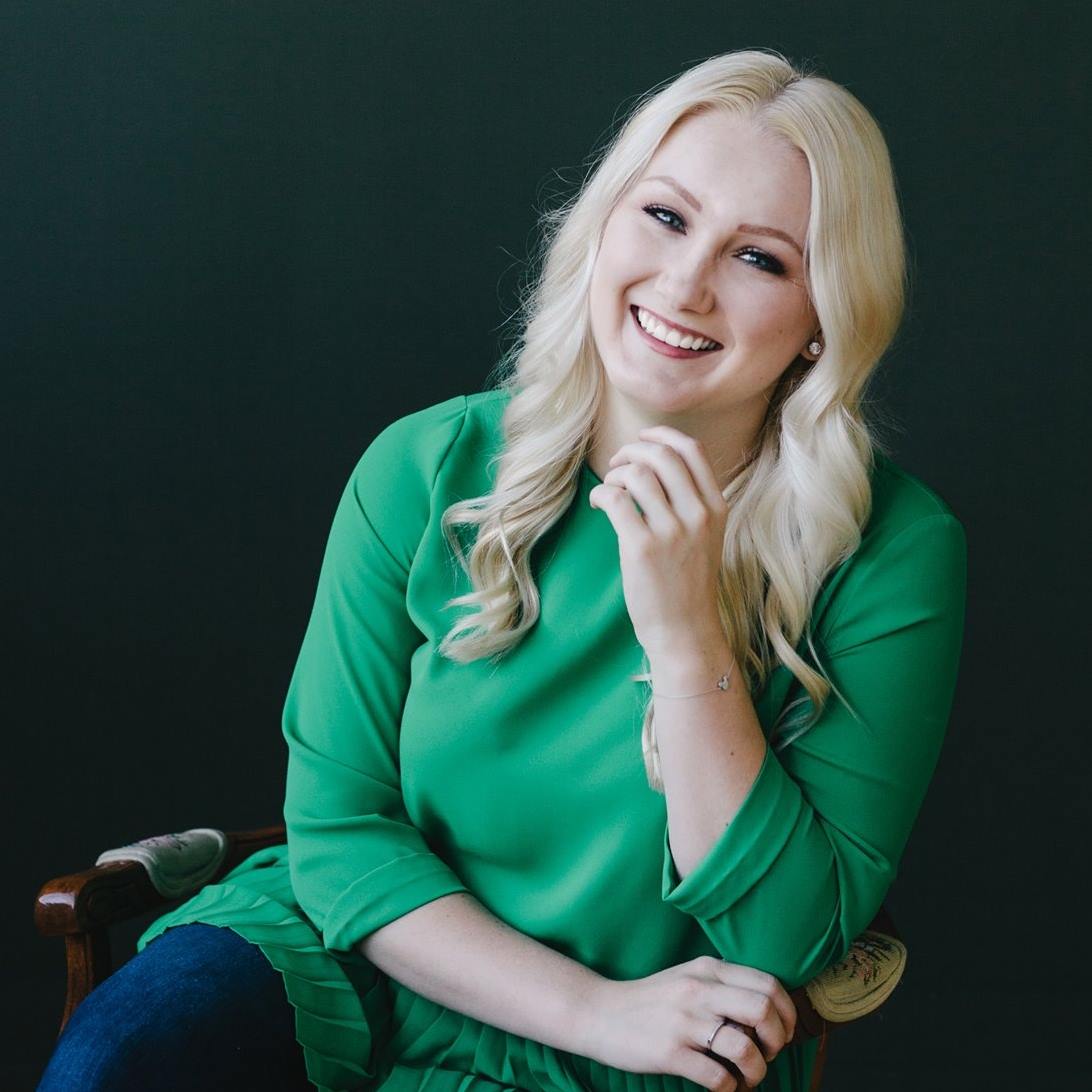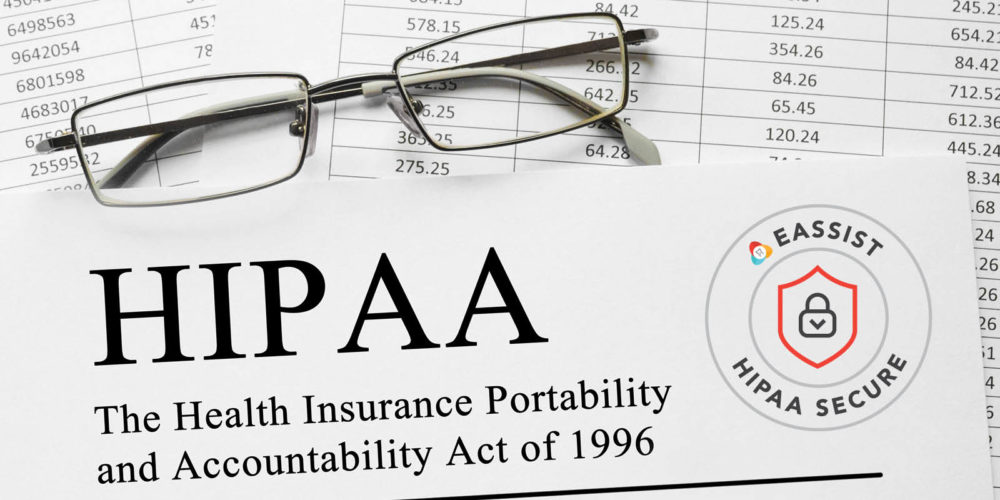Common Household Items Trying to Kill You?
In my youth, like most people, I hated going to the dentist.. The only upside to going was that I usually got to miss a whole day of school. I remember those mornings getting ready to go to the dentists vividly. Ten minutes before we’d hop in our rust brown station wagon and head to the dentist, I’d scrub my teeth vigorously. Those ten minutes before my appointment were the hardest I’d ever scrub anything. For some reason I always thought my dentist would be mad at me for not brushing my teeth twice a day, like she recommended. Of course, when she’d ask “how often do you brush?” I’d always lie and say “Twice a day!” In hopes that I’d throw her off my trail of deceit I’d brush my teeth at least 3 times longer than I would on an average night. As a smokescreen, I’d even take that time to floss. Hoping that in one good floss, I’d be able to cover up months of neglect. MInutes before a dentist visit was literally the only time I ever flossed. Looking back now, I’m sure the fresh blood and open cuts on my gums were a dead giveaway that I was lying about my oral health regimine.
Before I went to college I probably only flossed a handful of times. Most of these were immediately before my dentist appointments. We all know the benefits of flossing our teeth after we brush. But for some reason, as a kid, I never cared about the benefits. And after recently reading an article in Journal of Exposure Science & Environmental Epidemiology I’m actually a little glad I didn’t floss more. Why am I glad I didn’t floss more you ask? Well, because, just like seemingly everything else in this world, it’s linked to causing cancer.
In this study, scientists measured six different per- and polyfluoroalkyl substances (PFASs) chemicals in consumer products. Some of the products that contain PFASs are stain-resistant carpet and furniture, cardboard food containers, contaminated drinking water, and dental floss.PFASs are used in consumer products specifically for their resistance properties to grease and water. A unique combination. The study of these PFASs were done on 178 middle-aged woman, between 2010 and 2016. 18 floss products were tested for PFASs using a y-ray emission spectroscopy. Their tests determined that 6 out of 18 dental floss products contained PFASs. The women that flossed with one of those six products showed 24.9% higher levels of PFASs than those who used other floss. At high enough concentration in a human’s blood, PFASs can be toxic. The side effects of a high blood concentration of PFASs are high cholesterol, vaccination immunity, delayed puberty, low infant birth weight, and of course, cancer.
PFASs are in many products that humans use everyday, including drinking water in some cities. This study aimed to identify and bring awareness to potentially harmful chemicals that humans are exposed to everyday. Removing PFASs from all products would be impossible. Limiting exposure to harmful PFASs isn’t as impossible though. This can be done by examining the products you use everyday, even the tiniest of products like dental floss.
Sources: https://www.nature.com/articles/s41370-018-0109-y#article-info
https://www.epa.gov/chemical-research/research-and-polyfluoroalkyl-substances-pfas



0 Comments